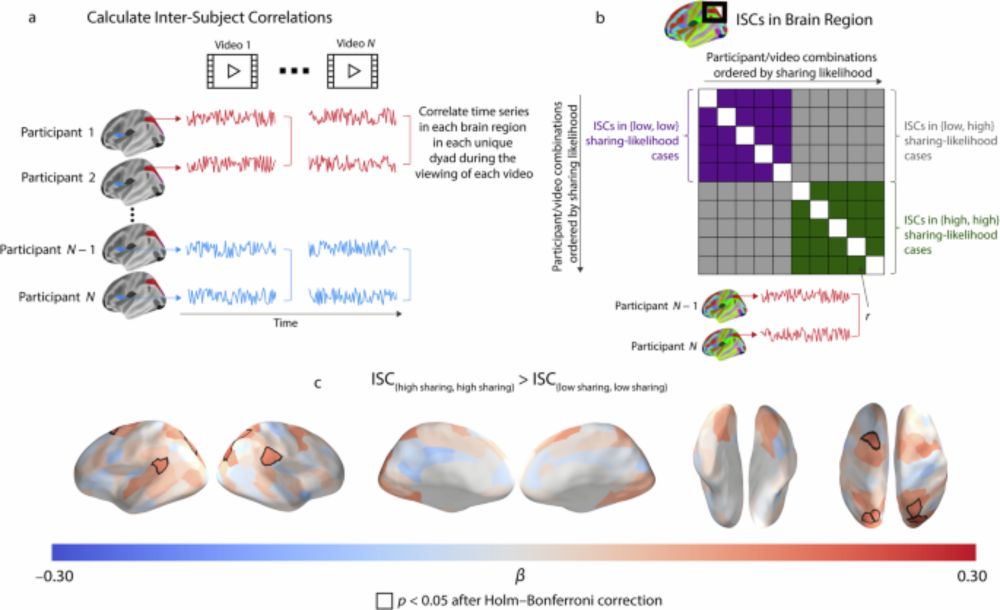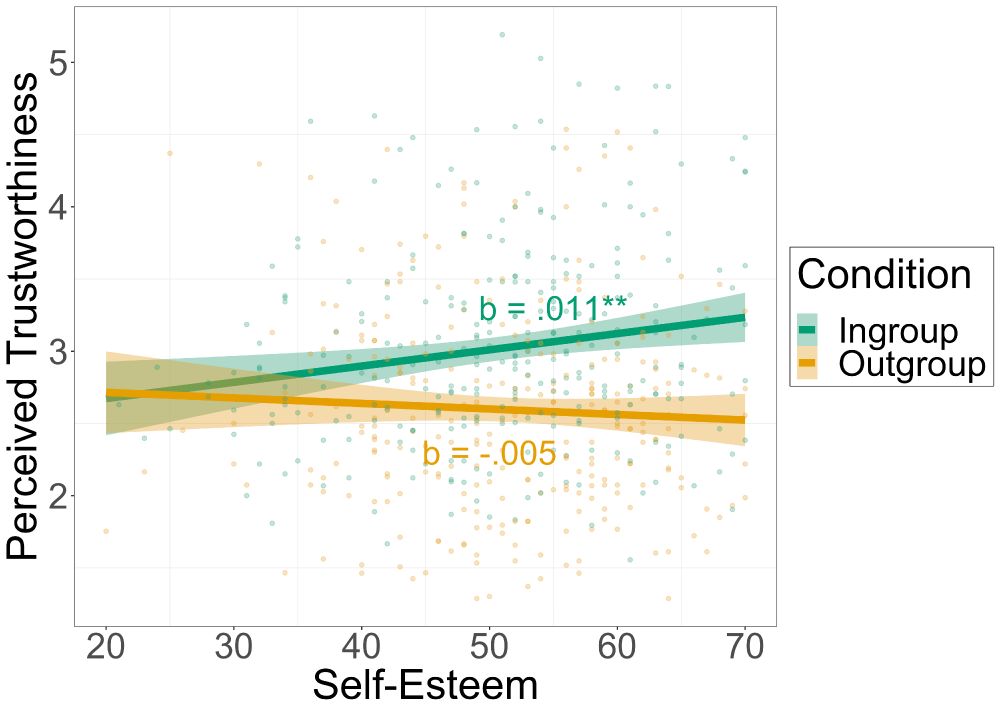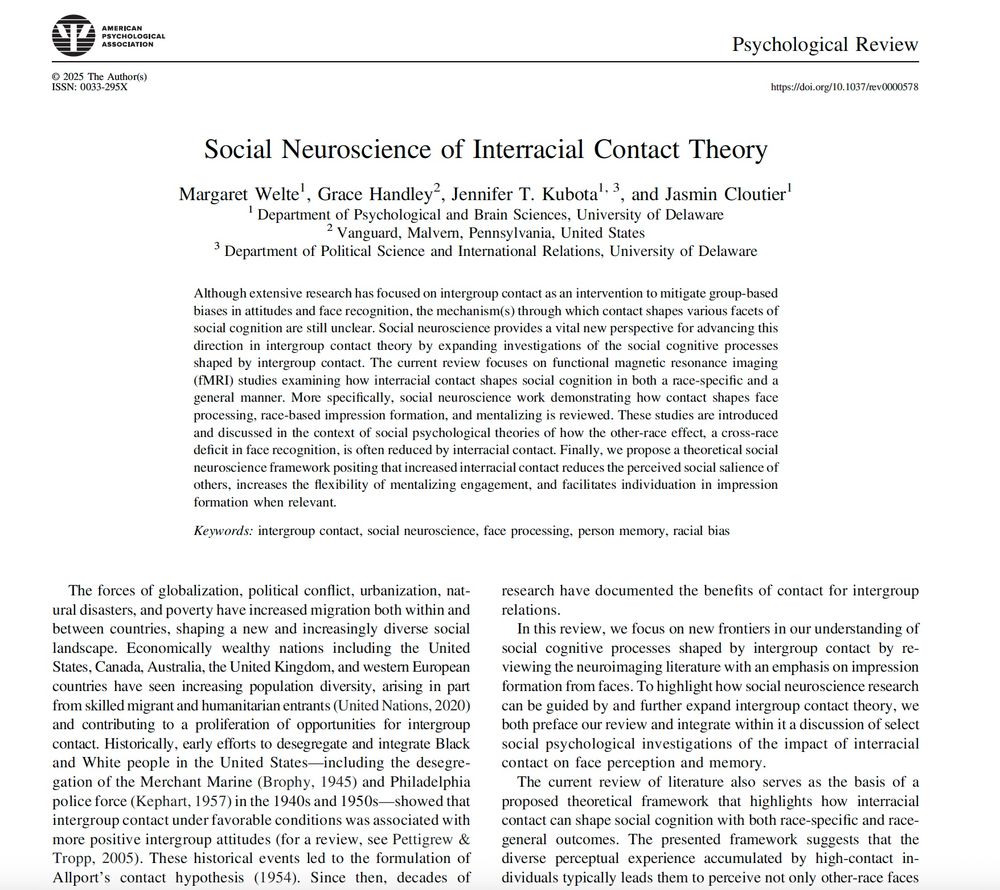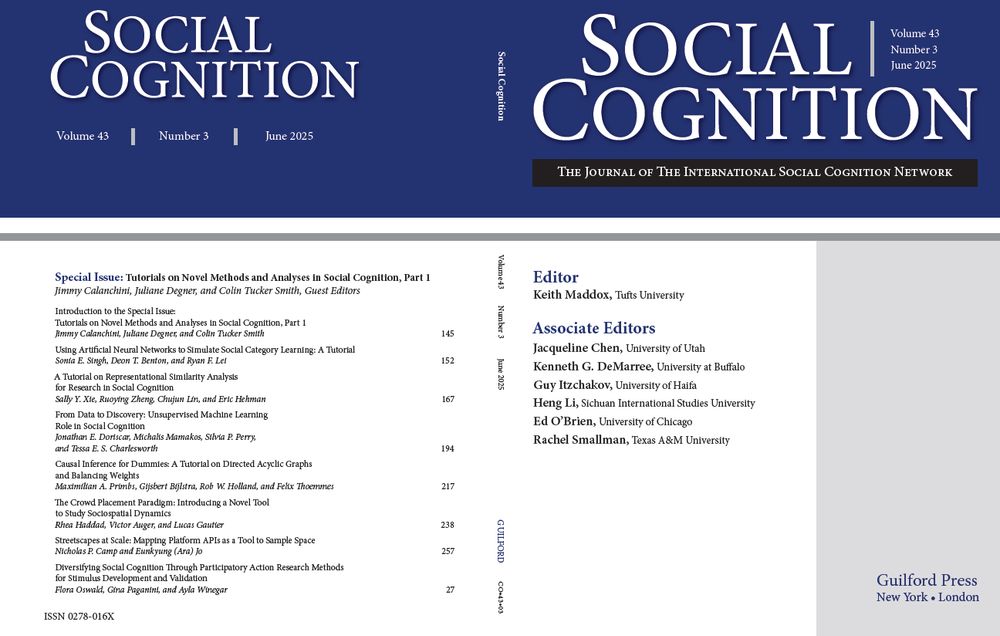Youngki Hong
@youngkihong.bsky.social
130 followers
190 following
20 posts
Assistant professor of social psychology at CU Boulder
https://www.svmlab.org/
Posts
Media
Videos
Starter Packs
Pinned
Reposted by Youngki Hong
Reposted by Youngki Hong
Reposted by Youngki Hong
Reposted by Youngki Hong
Youngki Hong
@youngkihong.bsky.social
· Sep 1
Youngki Hong
@youngkihong.bsky.social
· Sep 1
Reposted by Youngki Hong
Reposted by Youngki Hong
Reposted by Youngki Hong
Reposted by Youngki Hong
Elisa Baek
@elisabaek.bsky.social
· Jul 3

Perceived community alignment increases information sharing - Nature Communications
Information sharing is a ubiquitous and consequential behavior. Here, the authors use neuroimaging and behavioral studies to show that people are driven to share information that they believe will be ...
www.nature.com
Youngki Hong
@youngkihong.bsky.social
· Jul 11
Youngki Hong
@youngkihong.bsky.social
· Jul 11
Youngki Hong
@youngkihong.bsky.social
· Jul 11
Youngki Hong
@youngkihong.bsky.social
· Jul 11
Youngki Hong
@youngkihong.bsky.social
· Jul 11











